My Friend by James Reid (James Reid Knuckle-Duster Revolver My Friend)
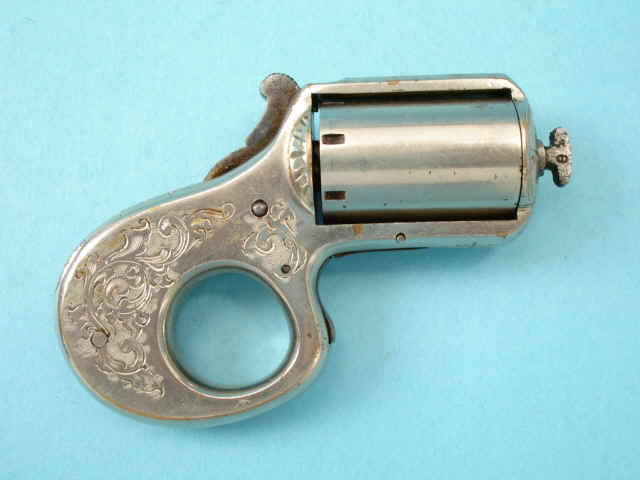
American civil war spawned the demand for personal firearms weapon self defense. Compact pistols and revolvers, which could easily be hidden in clothes and served as reliable protection for their owner, were especially popular. One of these revolvers is the “My Friend” revolver. This weapon is essentially an analogue of "pepper shakers" or peperboxes, since it does not have a barrel, as a separate part. The barrel plays the role of a barrel in a weapon.
The weapon was developed by James Reid (James Reid 1827 — 1898). James Reed was born in the Irish town of Balfast, where he began to study weapons business. He later moved to Scotland and lived in Glasgow until 30 years. Like thousands of other Europeans, in search of new opportunities in 1857, James Reid leaves for New York, where he starts his own business by opening the company “James Reid Manufactory”. Manufacture in addition to weapons initially made various tools. In 1865, Reed and his family moved from New York to Catskill (Catskill).
26 December 1865 of the Year James Reed receives a patent for his revolver-brass knuckles, dubbed “My Friend” (My Friend). There are different versions of the appearance of this name, but to get evidence of the authenticity of a particular version at the present time probably will not succeed.
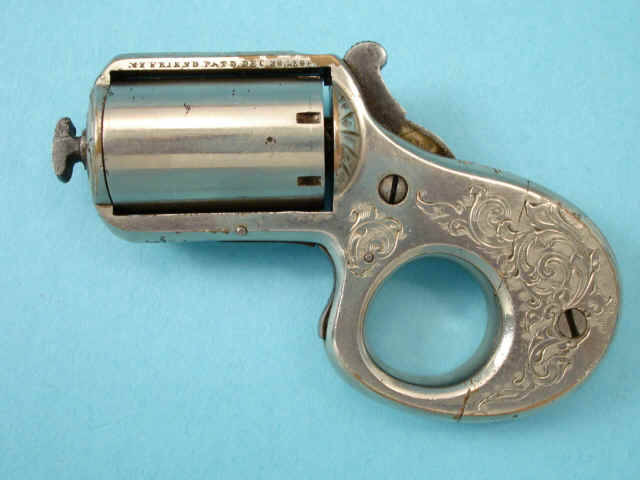
The James Reid Knuckles “My Friend” (James Reid Knuckle-Duster Revolver My Friend) has a distinctive recognizable appearance and a fairly simple design. The weapon consists of a frame, a drum fixed on the axis and a trigger mechanism. The frame of the revolver is all-metal, has a nest in the central part for drum placement and a rounded hole of irregular shape in the area of the handle. On the left side of the frame has a cover for access to the details of the firing mechanism and control the force of the mainspring.
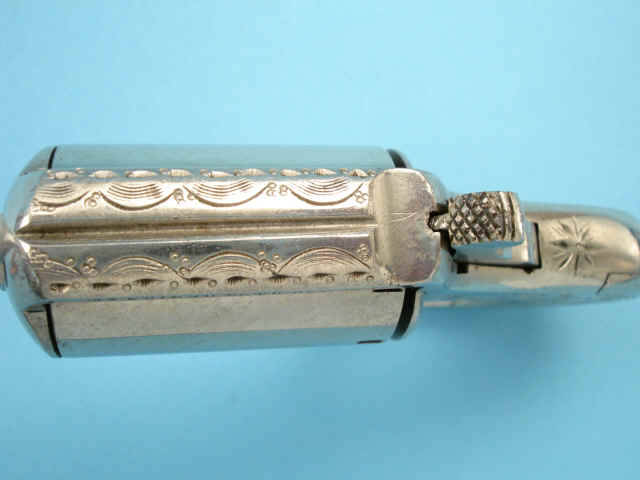
Sights are a slot in the upper part of the frame.
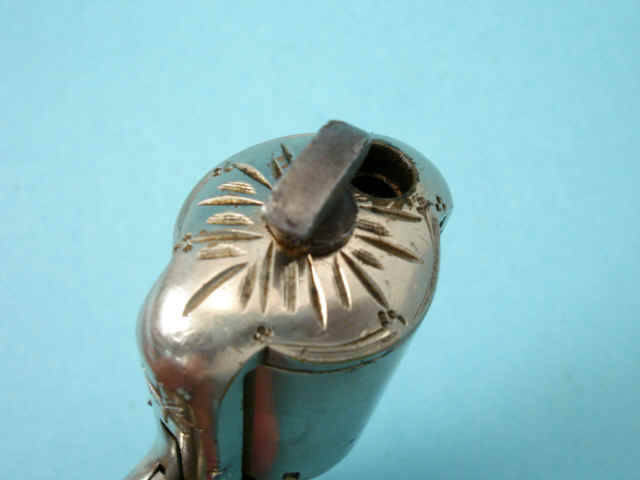
At the top front of the frame there is a hole located opposite the drum chamber from which a shot is to be fired. On the surface of the frame there is an engraving in the form of floral ornament. Frames made of brass or steel.
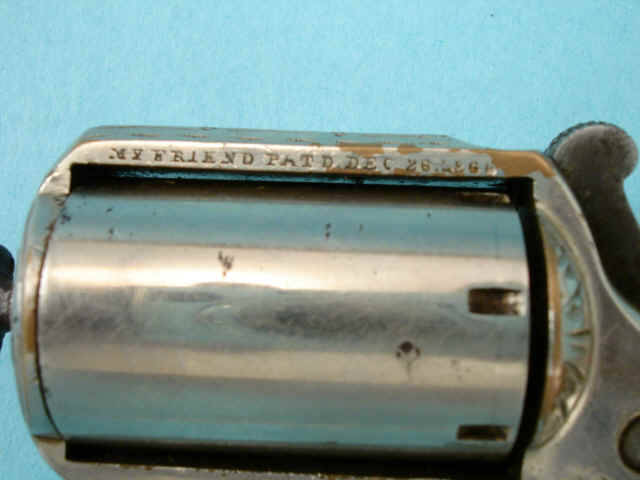
The drum, depending on the caliber, has an 5 or 7 chamber. The drum is smooth, fastened in a frame with an axis, which is screwed into the frame of a revolver-brass knuckles. The front part of the axis has a flat protrusion, providing the convenience of extracting the axis from the frame. The axis is also designed to extract the spent cartridges from the drum chamber.
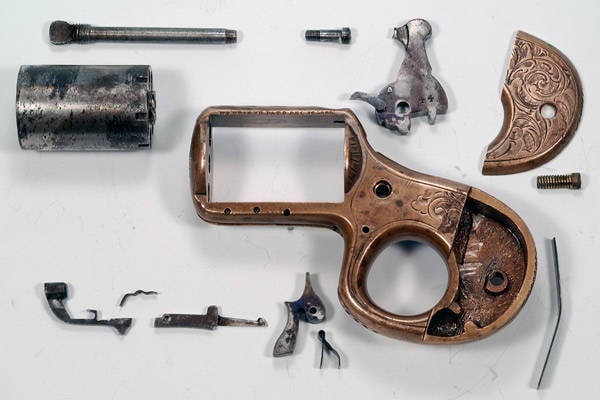
Some models of My Friend friend’s revolvers are equipped with a safety mechanism located in the lower front part of the frame in front of the trigger.
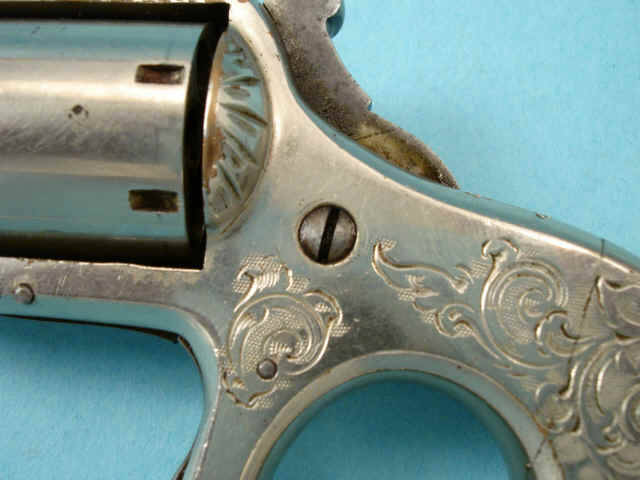
The trigger mechanism is the same as that of revolvers with a single platoon mechanism. The trigger of a non-cocked weapon is hidden in the cavity of the frame. The trigger is fixed in the frame with the axis of the screw, all other parts are mounted on the studs.
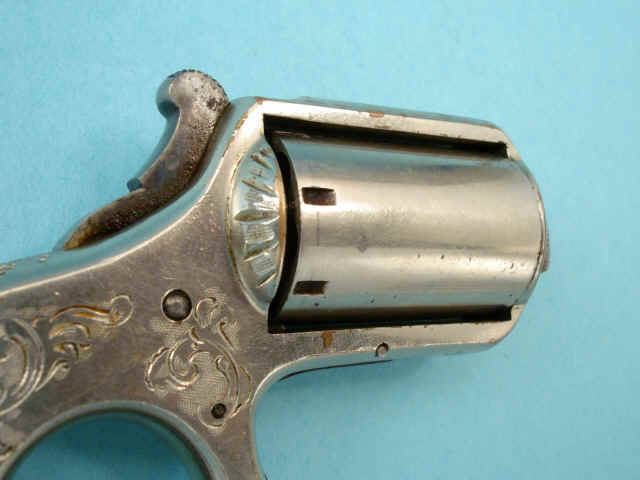
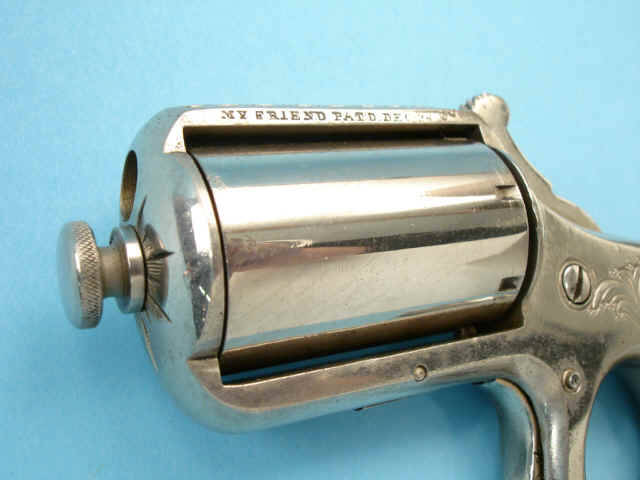
The “My Friend” revolver has smooth, rounded shapes and small size, which makes it compact and easy to remove from the pockets of trousers or a vest.
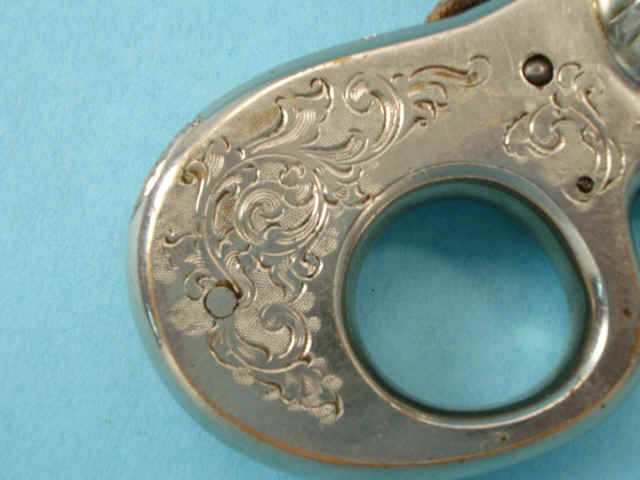
The rounded hole in the frame grip allows you to conveniently hold the weapon both when firing and when striking them, using as brass knuckles.
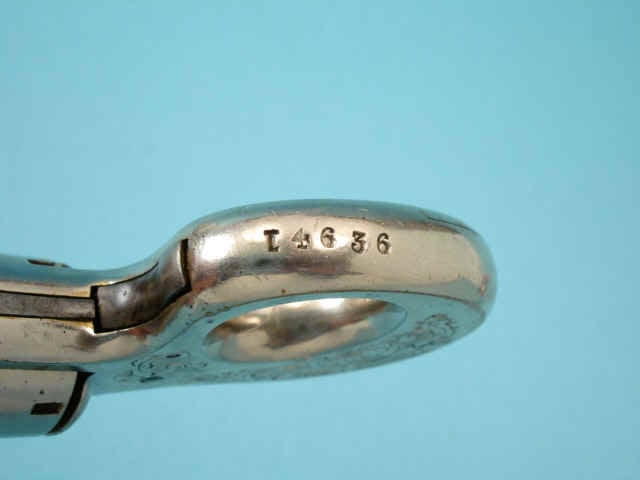
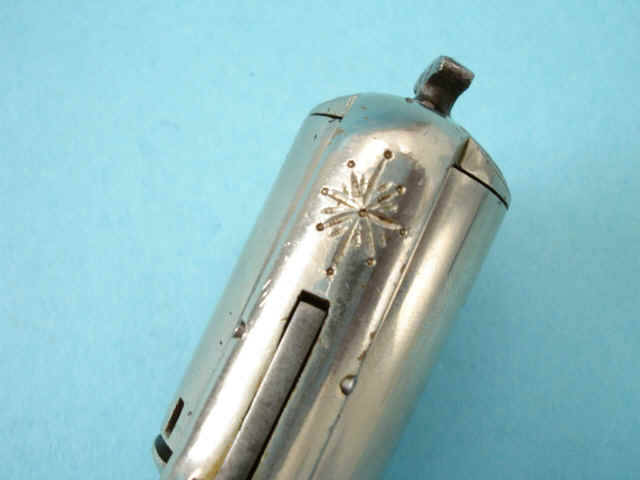
James Reid's “My Friend” (James Reid Knuckle-Duster Revolver My Friend), a revolver, produced without a barrel, had several major modifications, differing from each other in caliber, minor design features and marking.
Varieties of revolver-brass knuckles James Reed "My Friend" (My Friend) and their features.
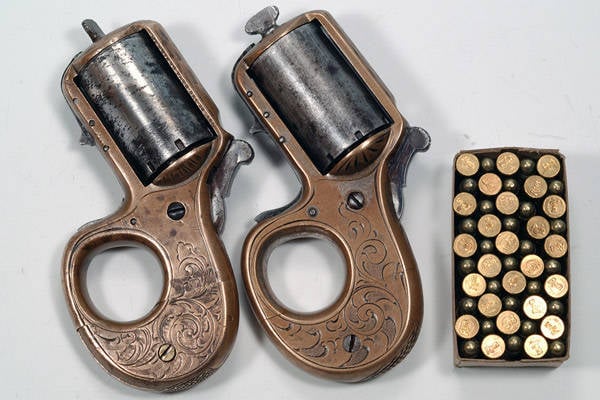
James Reid's My Friend, a revolver brass knuckle. The 22 caliber has an 7 charging drum.
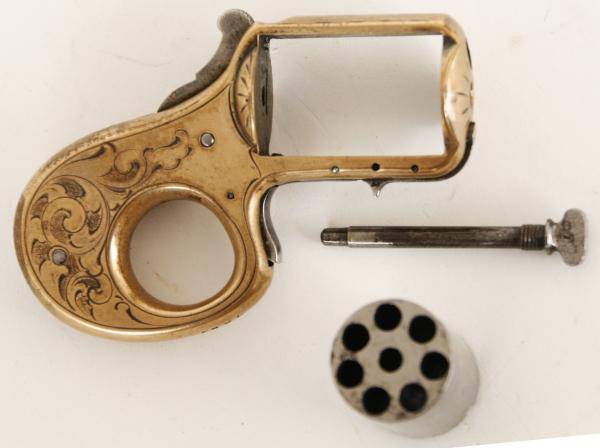
This variety was manufactured from 1869 of the year to 1884 of the year. The total number of revolvers produced by this model is approximately 10250.
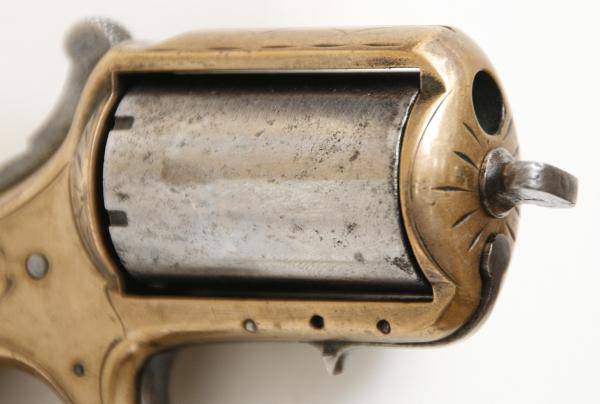
At the front bottom of the frame, a safety mechanism was installed up to the 9900 serial number.
Later releases no longer had a safety device.
The early-release revolvers on the left side of the frame under the drum are marked “MY FRIEND”.
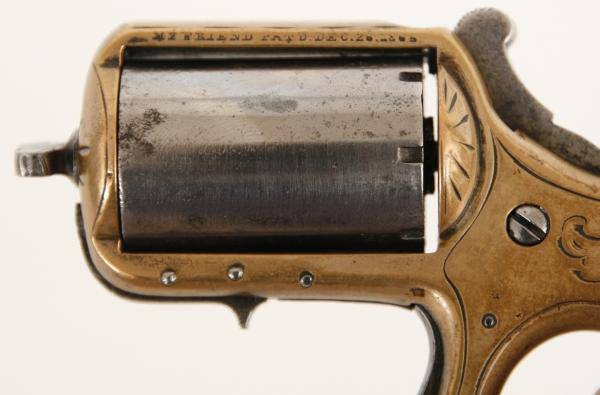
For later-release weapons, the markings were located on the left side of the frame above the drum: “MY FRIEND PATD. DEC. 26. 1865.
The framework of “My Friend” revolver brass knuckles .22 caliber most often made of brass. Brass frames are often covered with silvering. The order of the 9900 My Friend каст revolvers were made with such a frame
however, at the end of production, approximately 350 pieces were made with a framework of steel that was nickel-plated or blued.
James Reed's “My Friend.” The revolver brass. The 32 caliber was manufactured from 1869 to 1884.
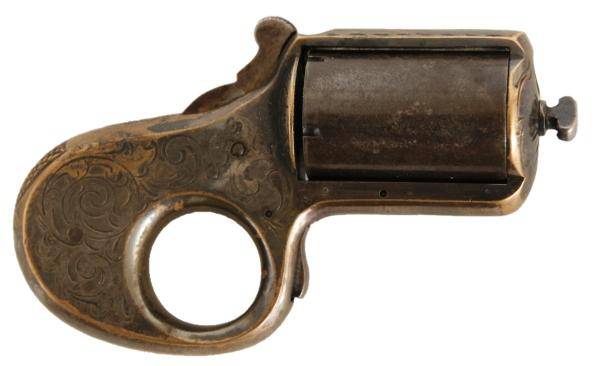
A total of approximately 3400 weapons were produced.
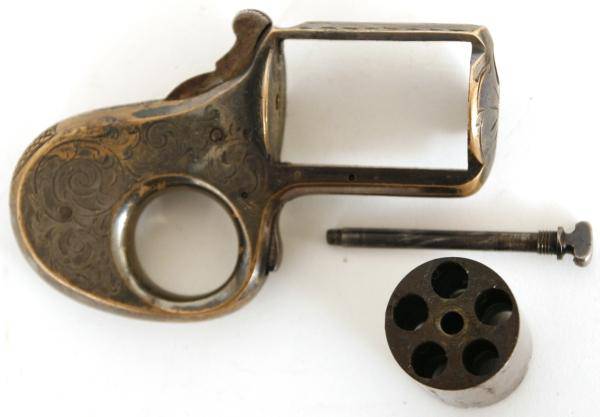
The revolver brass knuckles are almost the same as the model for the .22 caliber, but it is larger and has a five-shot drum designed to accommodate the cartridges for the .32 caliber.
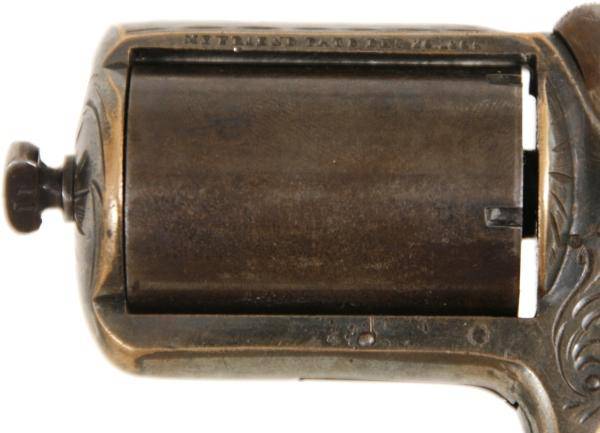
On the left side of the frame above the drum is marked "MY FRIEND PATD. DEC. 26. 1865". Early models have a safety device at the bottom of the frame before the trigger, but in later models it was removed, simplifying the design.
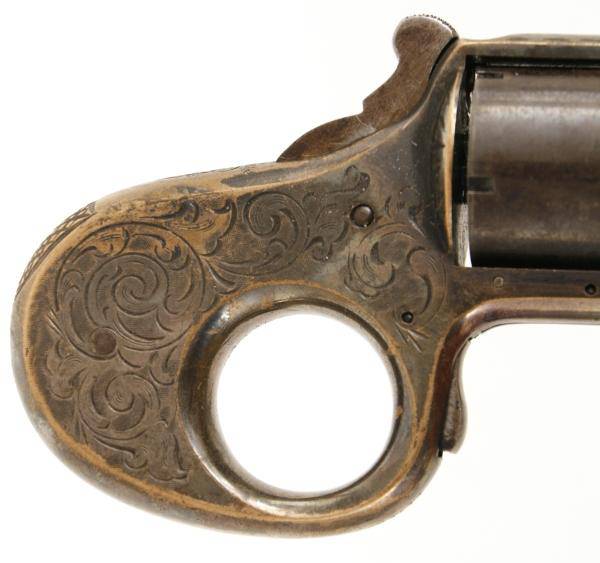
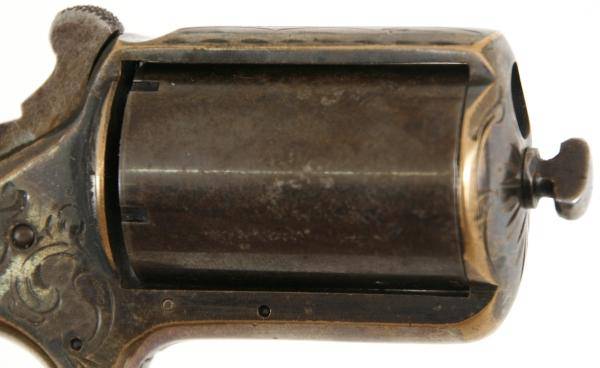
Approximately before the 17000 serial number, the frame of the revolver-brass knuckles was made of brass. With such a frame was released 3200 revolvers.
At the end of the release, steel frames were made of steel, though such revolvers were made of the entire order of 200 pieces.
James Reed's “My Friend.” The revolver brass. The 41 caliber was manufactured from 1875 to 1878.
This is the smallest model for the release. In total, about 300 pieces of My Friend friend revolvers of 0.41 caliber were manufactured. The frame was made of brass, coated with silver, had a larger size compared with the weapon, released under the .22 and .32 caliber. The drum had an 5 camera for caliber 0.41 ring-ignition cartridges. The marking was located on the left side of the frame in the form of text: “J. REID S DERRINGER / PATD. DEC. 26. 1865.
The fierce competition and the appearance of double-action revolvers did not allow James Reed to keep his business. Nor did the development between 1876 and 1883 of six new models of revolvers, which already had the construction of not “pepper grinders”, but full-fledged revolvers with barrels, did not help him. In 1884, the plant was closed.
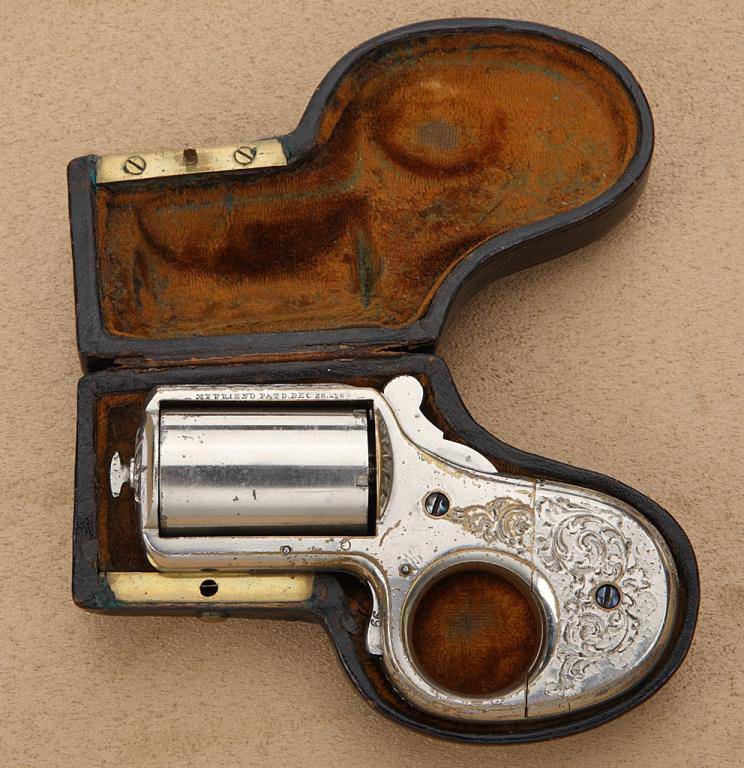
Currently, the revolver-brass knuckles by James Reed "My friend" due to its unusual shape attracts the attention of collectors from around the world. The cost of a rare model of revolver-brass knuckles "My Friend", together with the original case can reach 10 thousands of dollars. The highest price of the ball paid for a rare revolver brass knuckles "My Friend" 0.41 caliber. The price of weapons amounted to 35650 dollars.
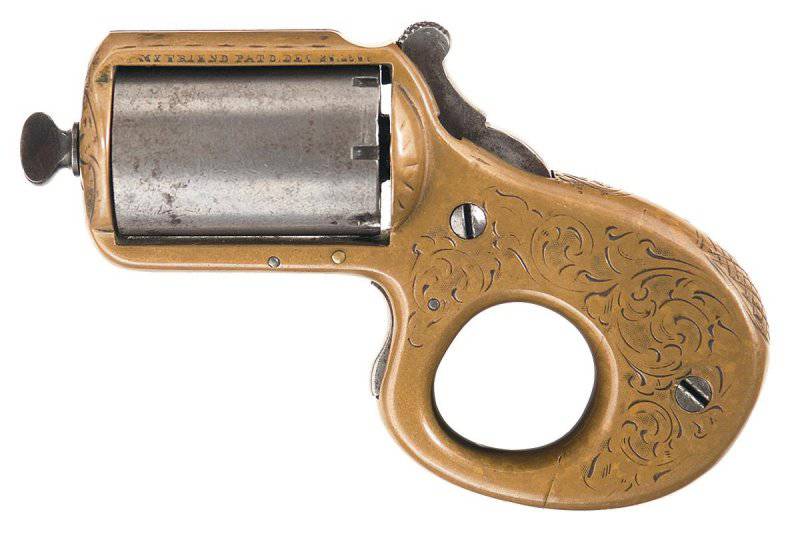
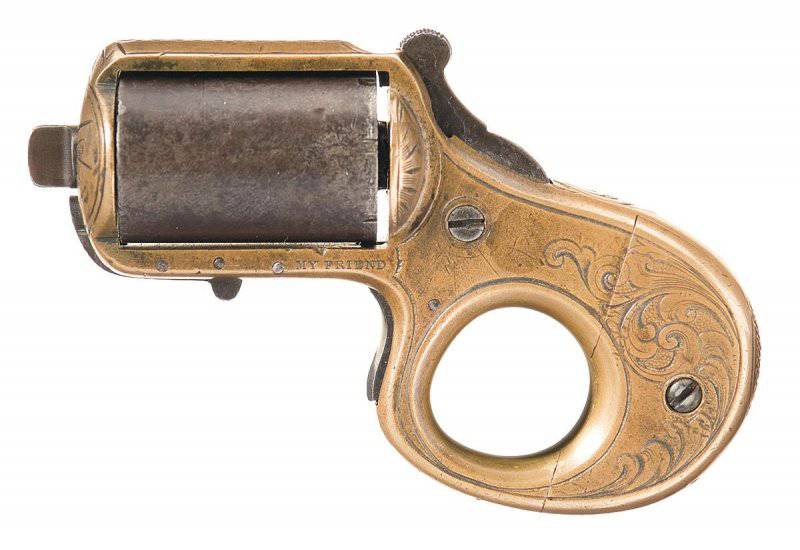
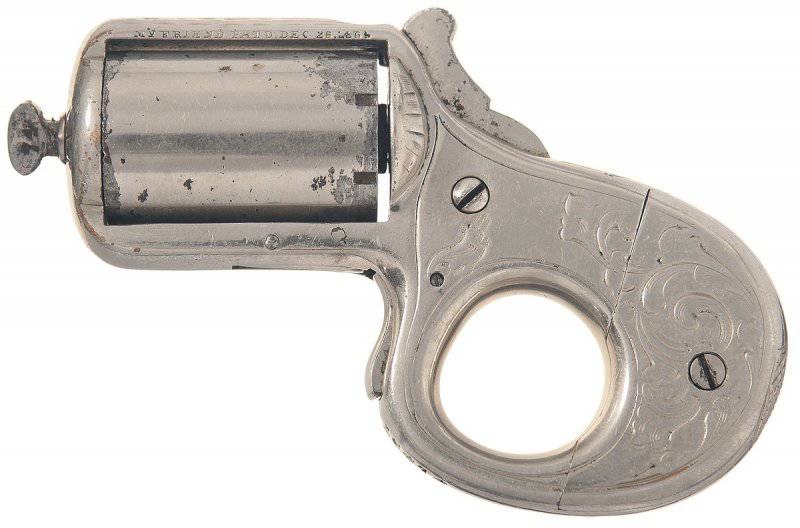
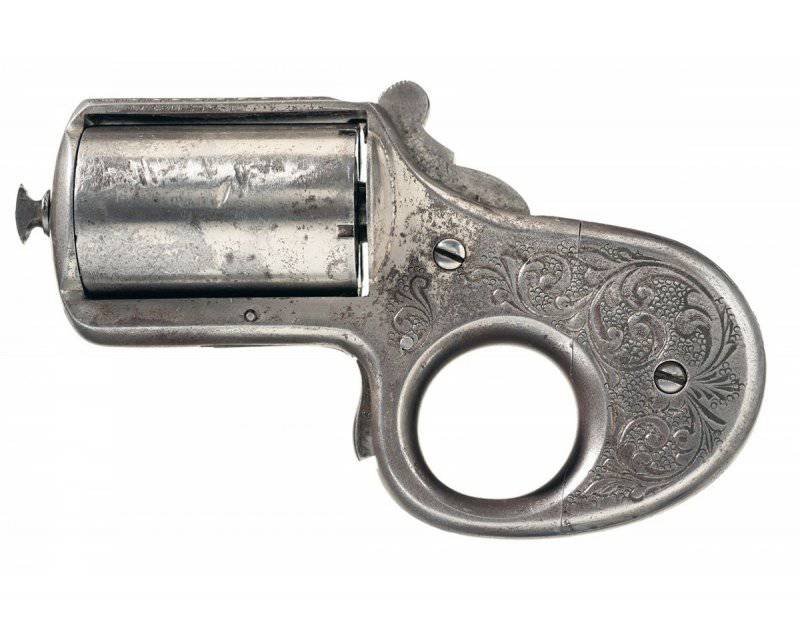
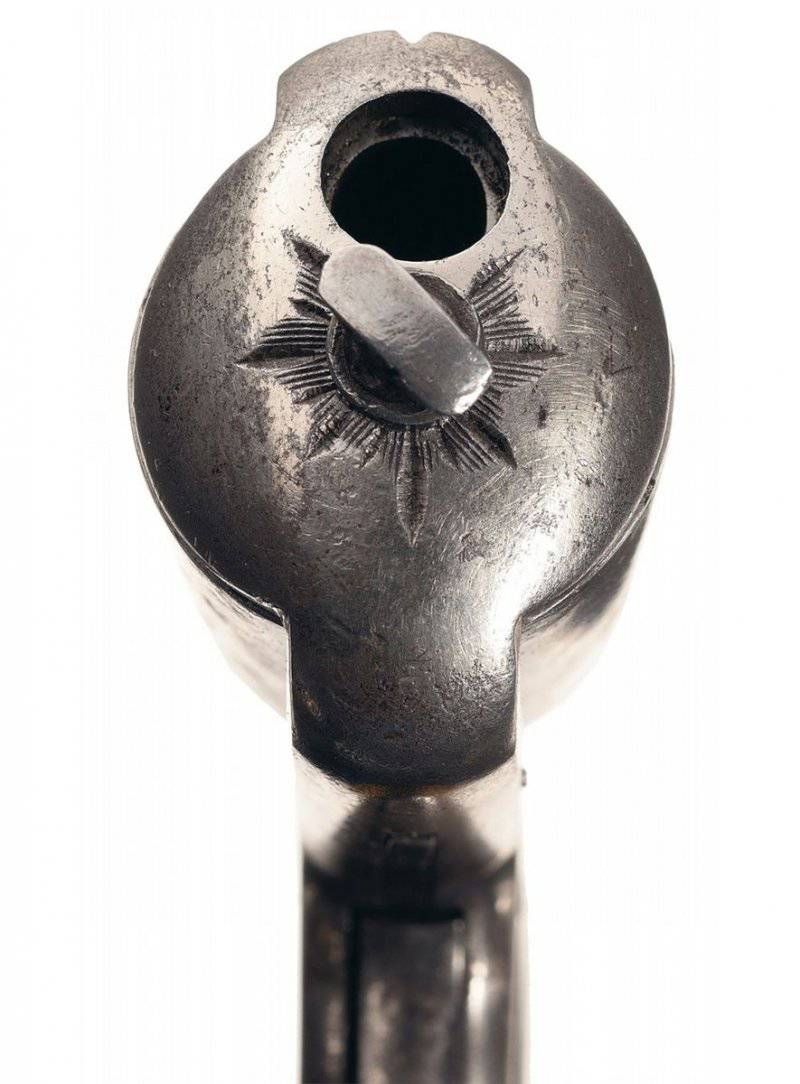
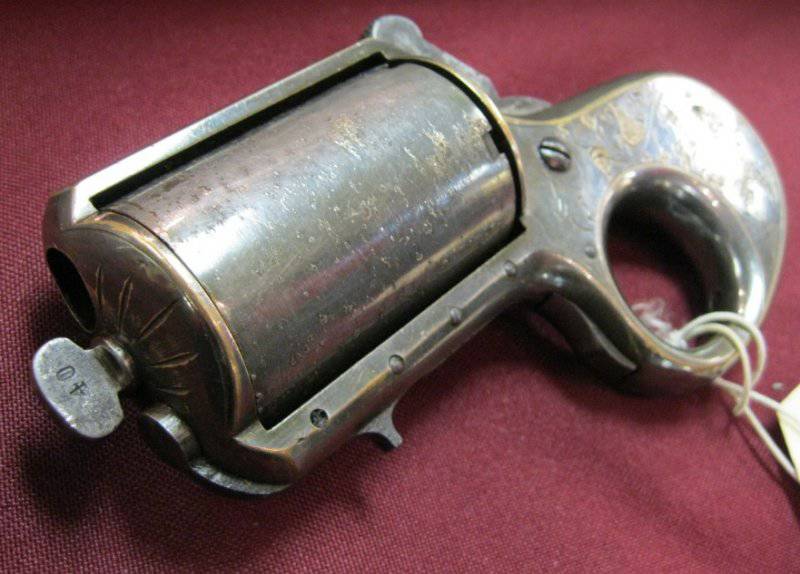
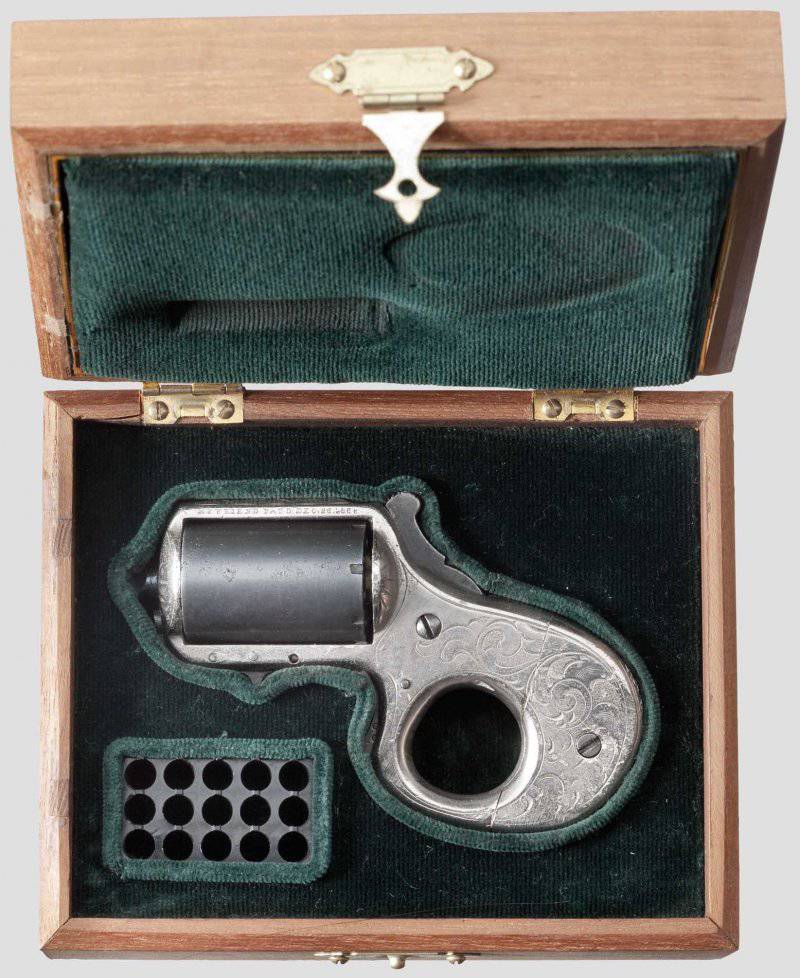
Information